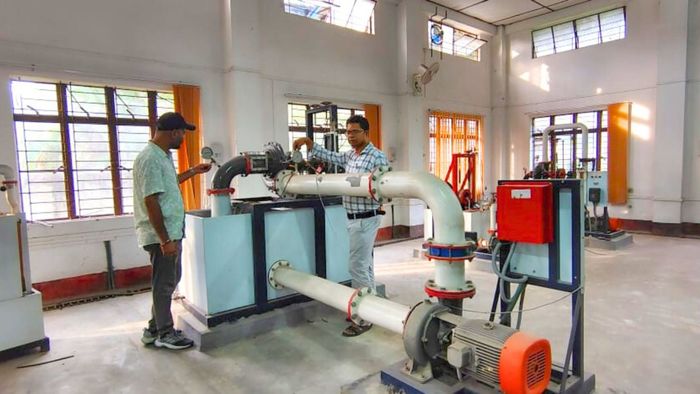Dibrugarh University innovators patent groundbreaking hydroelectric turbine for shallow water bodies
Researchers from Dibrugarh University, Pranjal Sarmah and Siddhartha Sankar Sarmah, have patented a hydroelectric turbine that generates electricity from shallow water sources like streams and rivers. This innovative device eliminates the need for large dams, addressing a significant challenge in traditional hydroelectric power systems.

- Sep 11, 2024,
- Updated Sep 11, 2024, 3:23 PM IST
Pranjal Sarmah and Siddhartha Sankar Sarmah, researchers from Dibrugarh University, have secured a patent for a hydroelectric turbine designed to generate electricity from shallow water sources, such as streams and rivers.
This innovative device eliminates the need for large dams, addressing a significant challenge in traditional hydroelectric power systems.
The patented invention, "Turbine Device for Generating Electricity in Shallow Water Flow And Method of Generating Electricity Thereof," is built to operate efficiently in low-flow environments, making it suitable for smaller, more localised water bodies.
Unlike conventional turbines, which rely on high water pressure and substantial infrastructure, this model is adaptable. It allows for blade adjustments based on water levels, ensuring optimal energy generation even in fluctuating conditions.
The researchers have emphasised the flexibility of the turbine, noting that its reconfigurable blades can adapt to changing water levels, ensuring consistent power output.
This innovation is expected to be a game-changer for rural electrification and renewable energy production, particularly in areas where traditional hydroelectric plants are not feasible. With the patent granted in February 2024, the researchers are now seeking partners to implement the technology in real-world settings, potentially opening up new possibilities for sustainable energy in remote and underserved regions.